
Fritz Burkard, a Swiss car collector, is renowned for his collection of vintage cars, called the Pearl Collection
Back in August, Fritz Burkard made waves when his Bugatti Type 59 won the celebrated Pebble Beach Best of Show. The swiss car collector speaks with Fabienne Amez-Droz about his idea to open a new private museum in Switzerland to see his cars, and the roots of his passion
LUX: How long have you been passionate about vintage cars, and when did you start with the Pearl Collection?
Fritz Burkard: I bought my first classic car when I was twenty. It was a 1967 Chevrolet Camaro, and I got it for 4,000 Swiss francs at the time. That car means a lot to me. I still have it, and next week I’m getting it fully restored from the ground up.
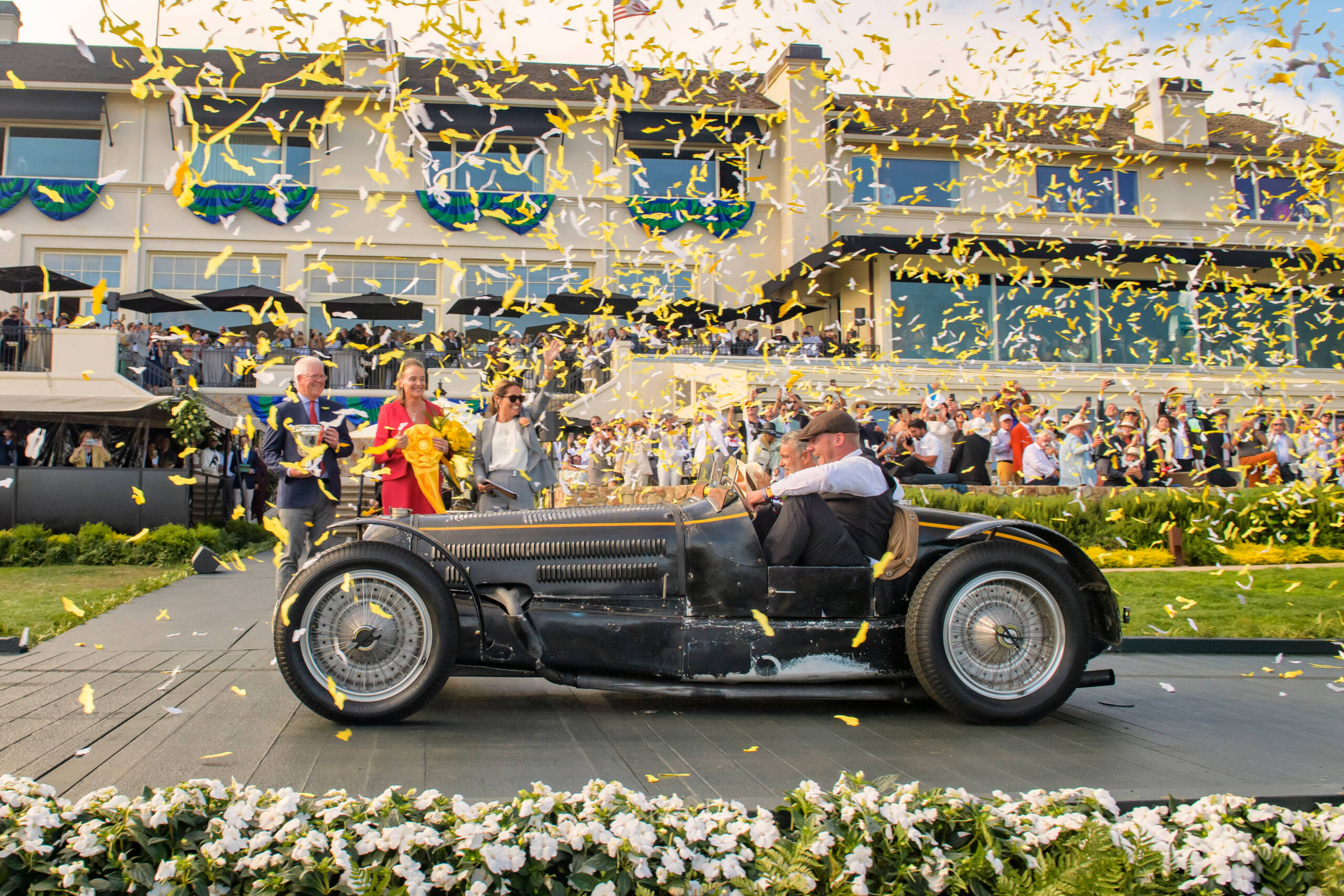
For the first time in the history of the Pebble Beach Concours d’élégance, Best of Show was awarded to a preservation car—a Bugatti Type 59
LUX: How do you decide which cars to add to your collection, given that it has such a variety of different cars? (Very original, very dramatic and very beautiful)
FB: I don’t see much of a difference between buying a car and buying art. Cars, especially vintage ones, are pure art to me. I don’t follow a specific plan or checklist when adding cars to my collection; I go with my gut feeling.
Sometimes, I come across beautiful cars, but if I don’t feel a strong emotional connection, I won’t buy them. Essentially, I’ve gathered cars that I personally like, which makes my collection a diverse patchwork. That’s what makes it interesting. If you have a collection filled with just supercars, you start to lose the individuality of each car. But with contrast, each car stands out for its uniqueness. I’m also only interested in original cars.
LUX: How many cars are in the collection?
FB: There are about 80 to 90 cars in total.
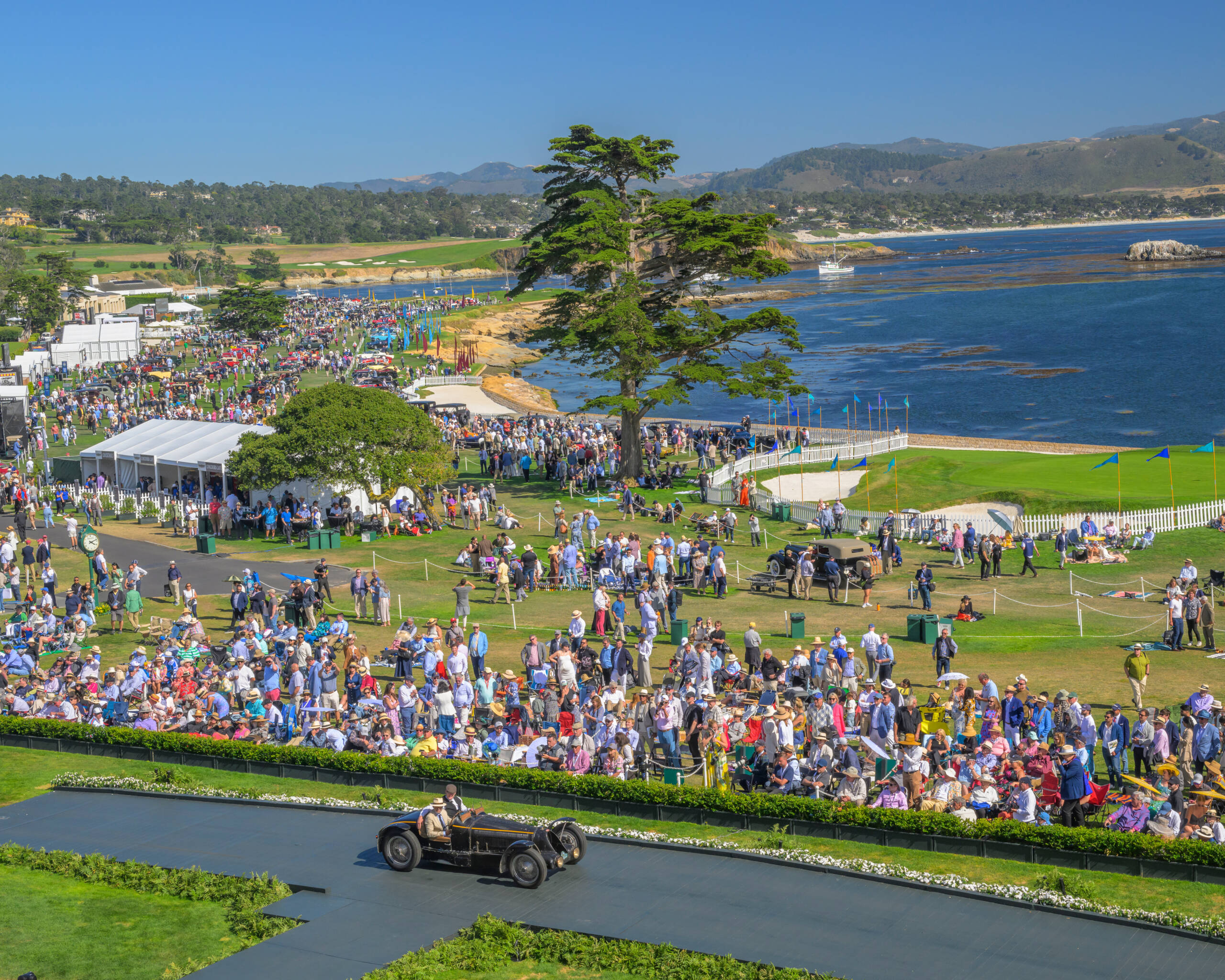
The Bugatti was one of 214 cars from 16 countries and 29 states that competed at Pebble Beach, California
LUX: Is it important how the cars are arranged in the space?
FB: Definitely. We’ve just moved all the cars into the space, which we’ve been planning for two years. I didn’t have a clear plan initially, but there’s an area where I always wanted to do something special.
We’re still moving cars around because sometimes the combinations don’t work. I listen to my gut feeling because the collection is for me more than anyone else.
Follow LUX on Instagram: @luxthemagazine
LUX: Will the collection be seen by friends only or will interested car fans or collectors be able to have a look at it aswell?
FB: I want the collection to be accessible to everyone, especially children, so they can experience and fall in love with these types of cars. Right now, it’s more of a private space, but at a later stage, people will be able to book tours via a website.
It’ll be a limited number of people, as I want it to be an experience where they can open the cars and even sit in them. I want to avoid chaos, especially since it’s so close to my living space. There will be a driveway in the middle, so each car can be taken out and driven.
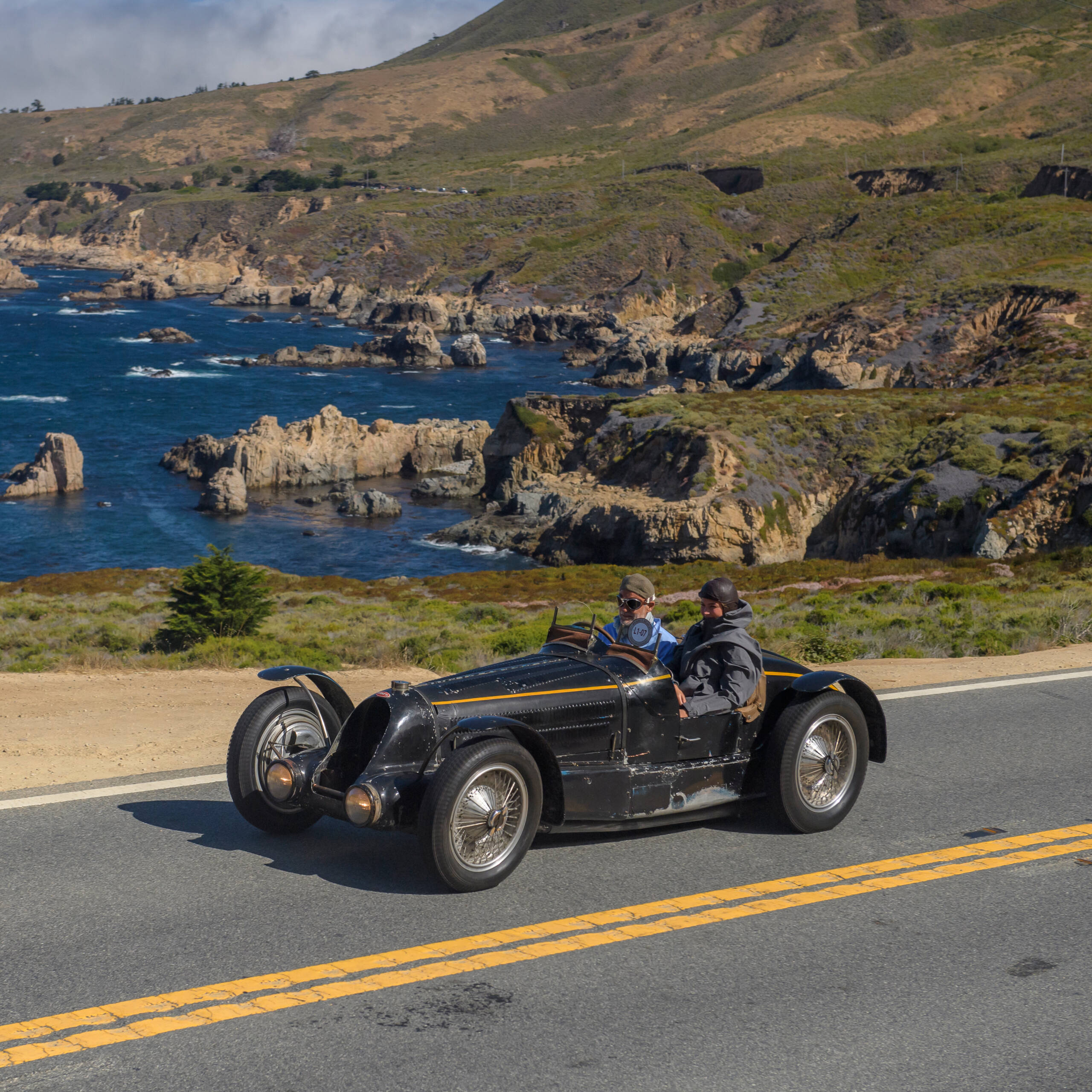
Despite these successes, for Fritz the vehicles are more than mere acquisitions – he believes that a love of such machinery comes from the heart and the most important thing in a car is your smile
LUX: What is one of your favourite cars in your collection?
FB: Not really. I have a handful of favourite ones depending on the memories they’ve created for me and my daughters. For example, my Chevrolet Camaro isn’t a show-stopper, but for my university friends and me, it holds a lot of meaning. We can’t wait to take a road trip and feel like we’re 22 again. That’s what it’s all about.
LUX: What is the most important thing in a car to you?
FB: For me, the most important thing is what I call the “Smile-o-meter.” It doesn’t have a brand, year, or price tag—it just makes you happy. That’s what driving should be about—having fun and feeling happiness with the people important to you.
LUX: What are your thoughts on supercars?
FB: I do have modern cars, especially modern Bugattis. They are breathtaking and unmatched by any other brand. However, if I had to choose between a modern and a classic Bugatti for a tour, it would always be the classic one.
The driving experience is more exciting—you become part of the machine. Modern Bugattis, on the other hand, feel like comfortable beasts. The era of pure performance is over for me. Today, what matters is the experience, comfort, luxury, details, and design.
For example, ETH Zurich built a car that accelerates from 0 to 60 km/h in 0.8 seconds. Do we really need that? What excites me more are cars that offer a complete experience.
Read more: The new Mercedes-Maybach SL luxury sports car
LUX: What do you think of the designs of modern hypercars?
FB: Many modern hypercar designs don’t convince me, though I can appreciate them for what they are. Bugatti, with its new models, is still breathtaking—simple and smooth. Other brands, like Pagani, don’t hit my taste, but they still make bold design statements that appeal to others.
That’s perfectly fine. There are many different ways to approach design, and that diversity is what makes the industry fun. The passion people have for classic cars is something I really appreciate, but I’m less fond of being around pure investors, as they miss the point.
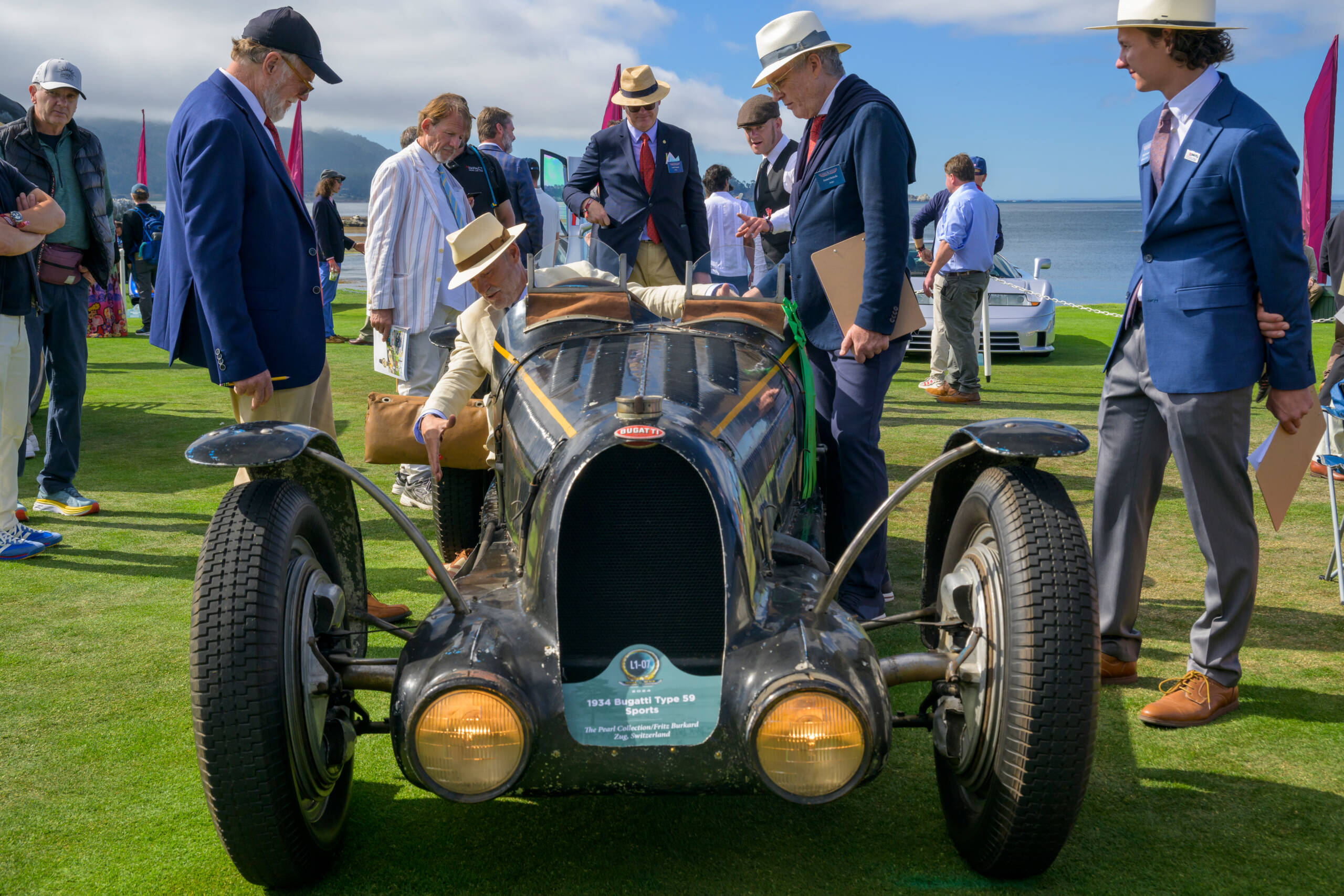
The Pearl Collection is known for using its vehicles enthusiastically, rather than just leaving them on static display
LUX: Can you share the history of this particular Bugatti you won the Pebble Beach with? How did you acquire it?
FB: I acquired the car during COVID at an auction. It was born in 1934 for the Grand Prix and originally painted blue. It won a Grand Prix and placed third in Monaco with René Dreyfus, who later became a French Resistance hero.
King Leopold of Belgium then bought it, and it was repainted black with a yellow stripe, Belgium’s racing colors. It changed hands several times, but nobody ever restored it—they just kept it running. That’s the secret to preservation: always keep the car running.
When we got it, we discovered the original Bugatti license plate under the black paint. We restored it to its 1937 condition, as it was when King Leopold bought it. I drove it every morning at Pebble Beach for two to three hours along the Pacific coastline.
Even on the morning of the Concours, I took it out. To me, that’s what a car is made for—not just to look at, but to drive, feel, and experience.

Burkard is planning to make his Pearl Collection even more approachable to car enthusiasts by setting up a showroom in Zug where you can schedule appointments to see the cars
LUX: How did it feel to win Pebble Beach as the first European, and especially Swiss, person?
FB: It was overwhelming. For 73 years, only Americans and Asians had won, so I was thrilled that a preservation car and a Bugatti won, especially this Bugatti, one of the most successful racing Bugattis of the 1930s.
There’s a funny story behind it. After the show, we were initially sent off to our parking spot, and we were happy, thinking we had won in our segment. But then they called us back, “Fritz Burkhard, please return to the stage!”
We were in a panic, almost packed up to leave! Standing there as one of the final four, with my friend Philipp Sarasin also nominated, was surreal. When they announced the win, I completely lost it. I knew what it meant for me, the car, and for Pebble Beach: the first European car to win, and a preservation car at that. It was a huge moment!



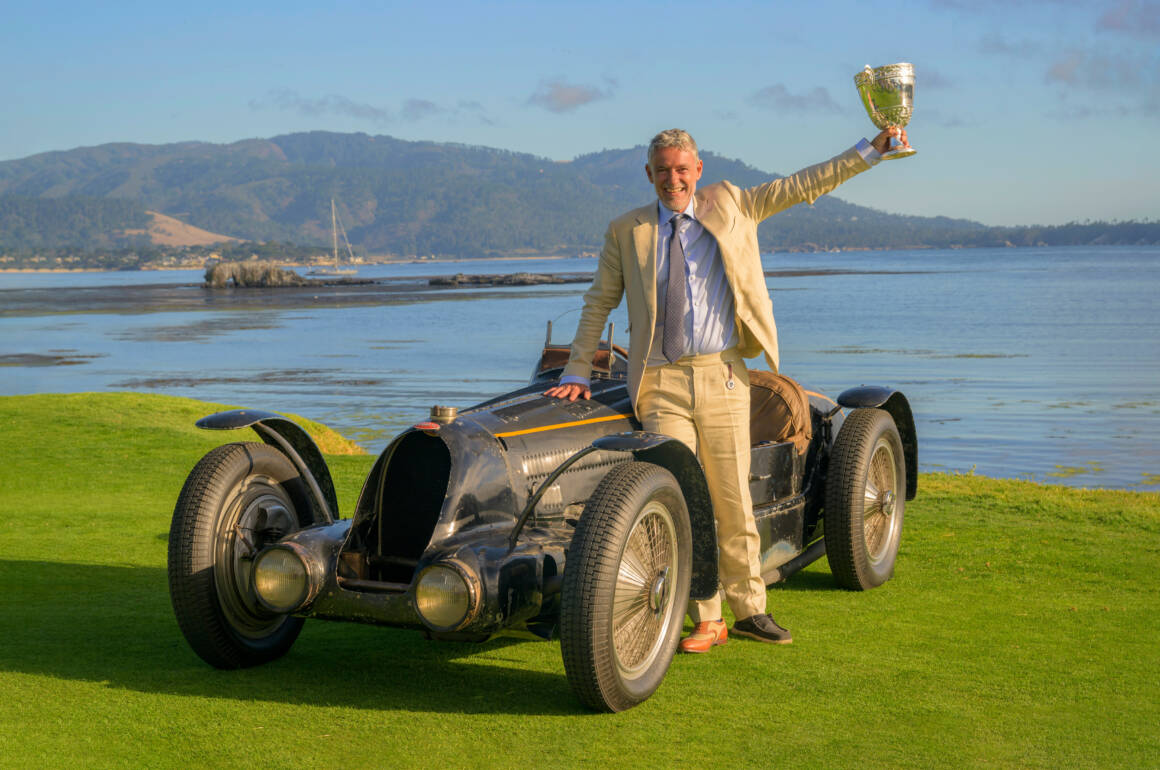
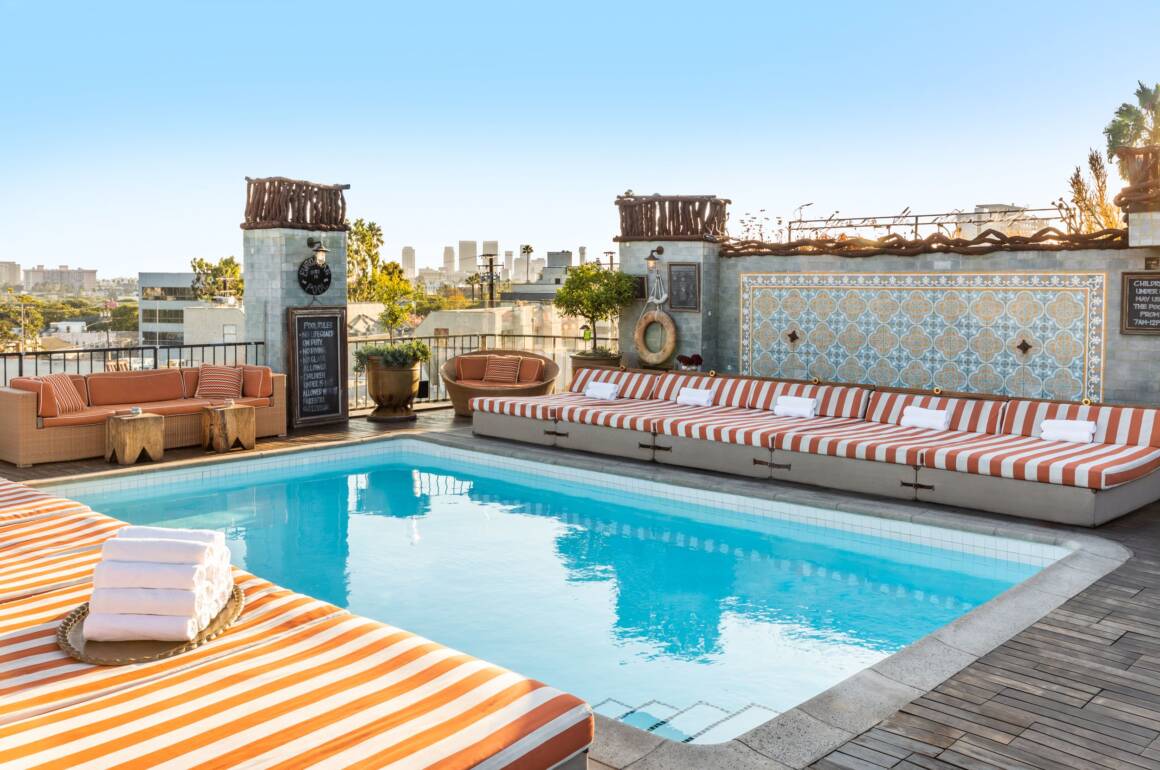
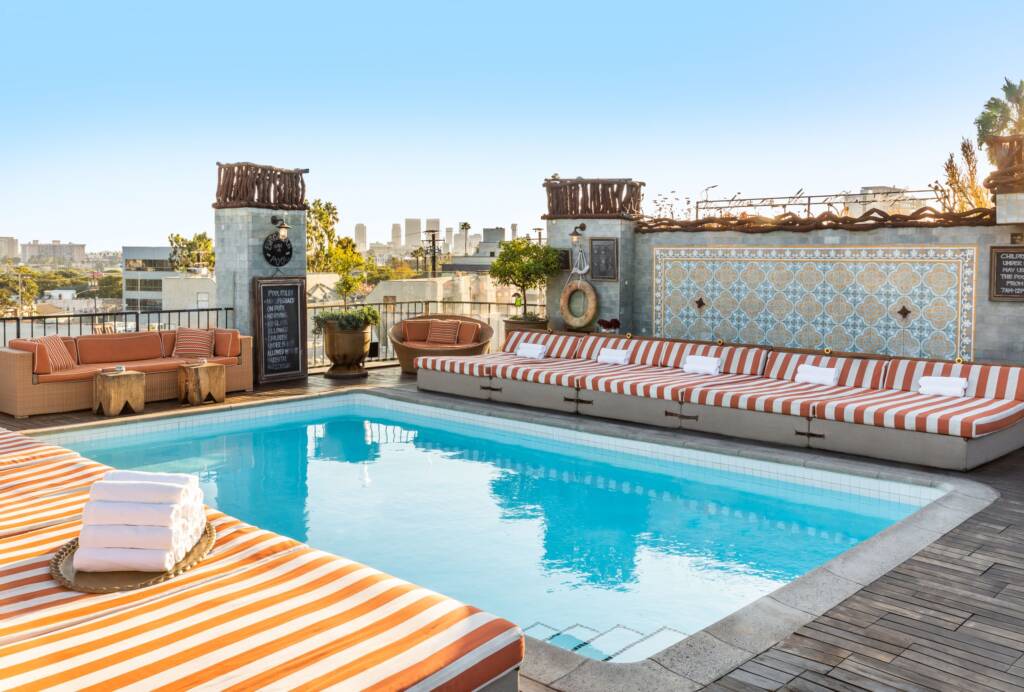
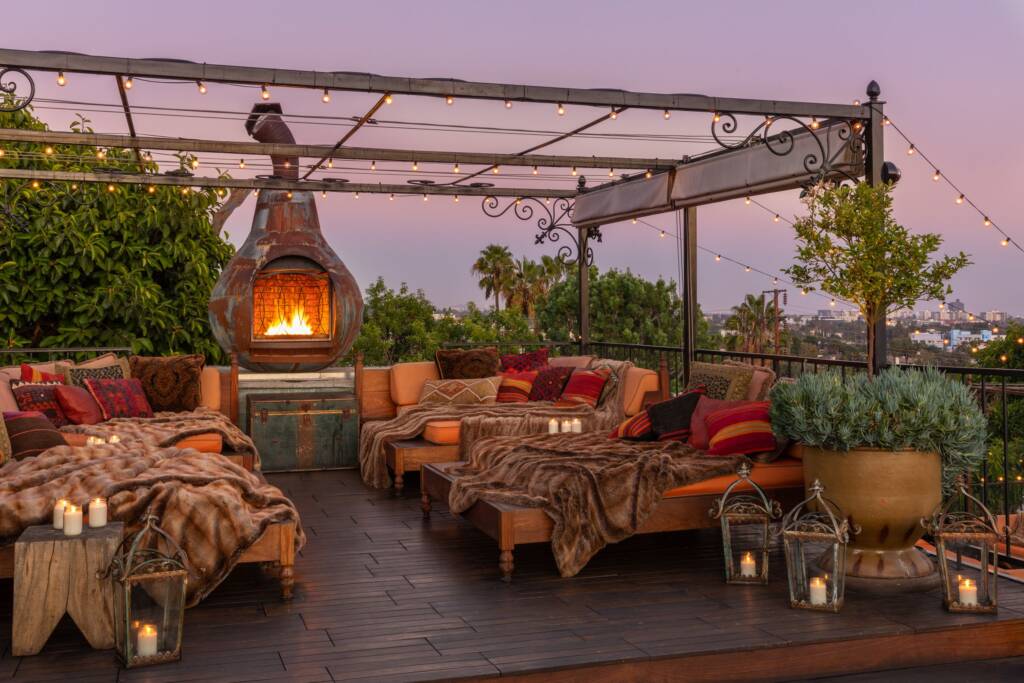
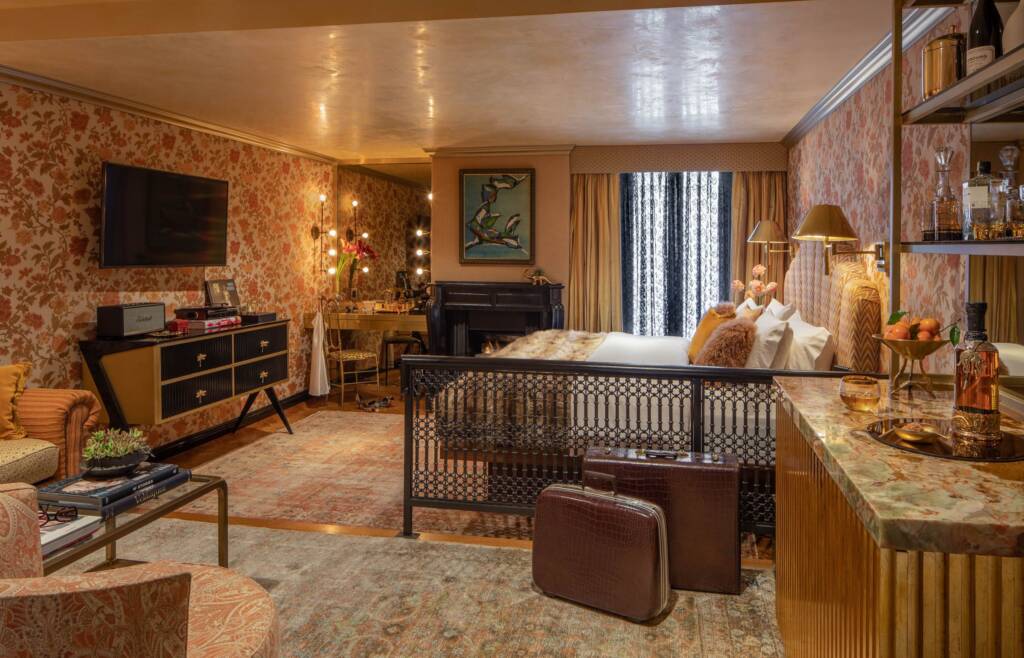
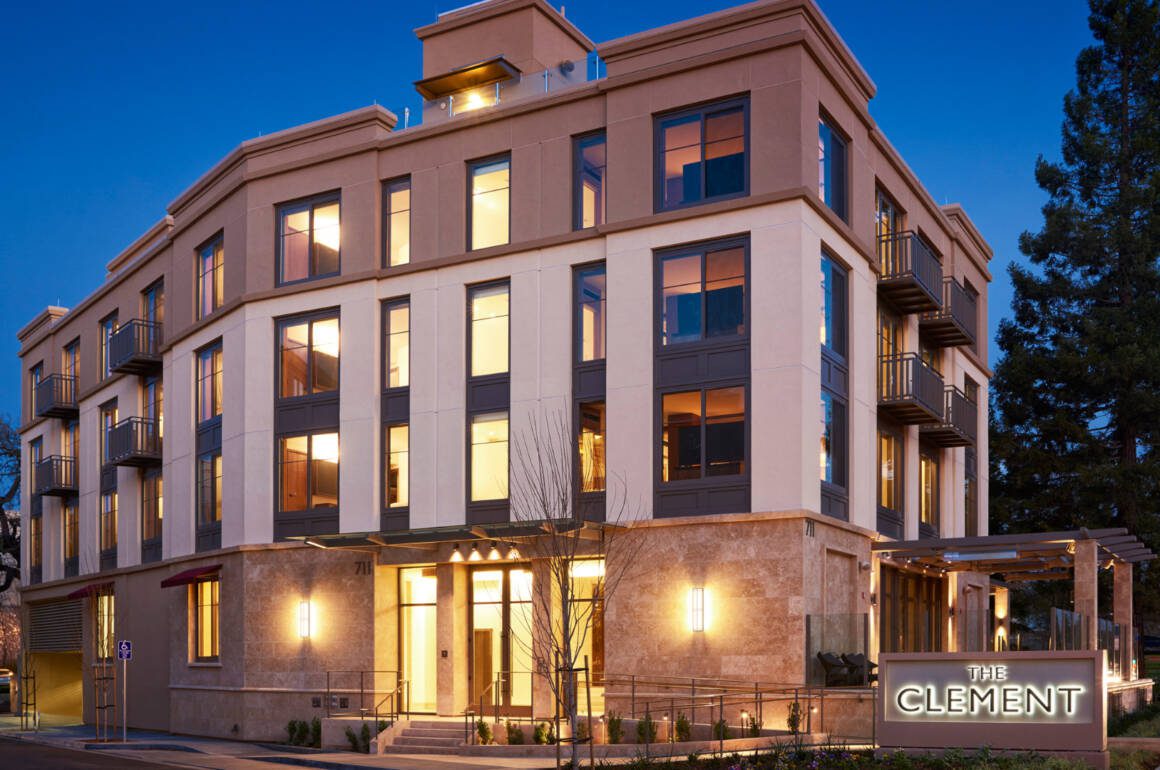



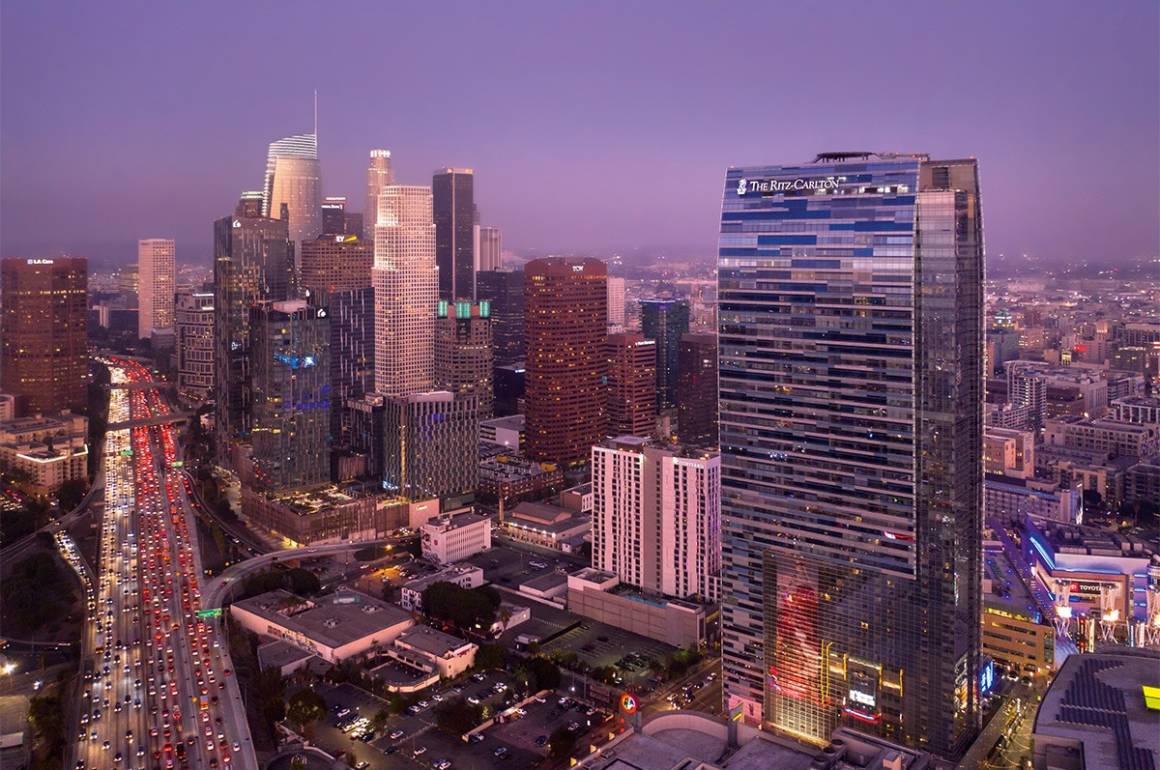
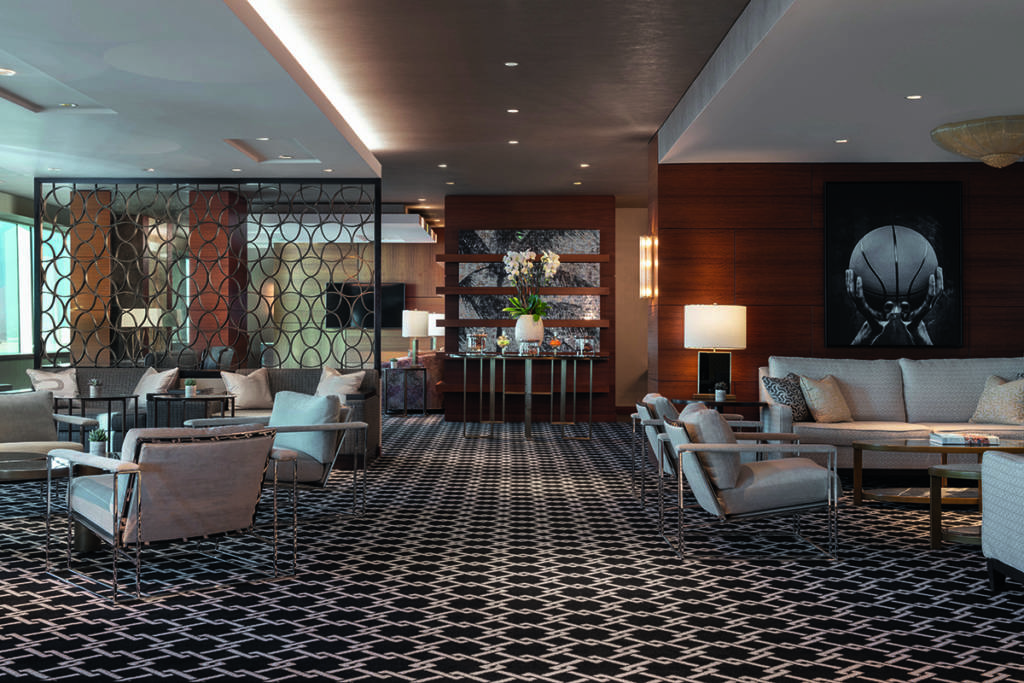
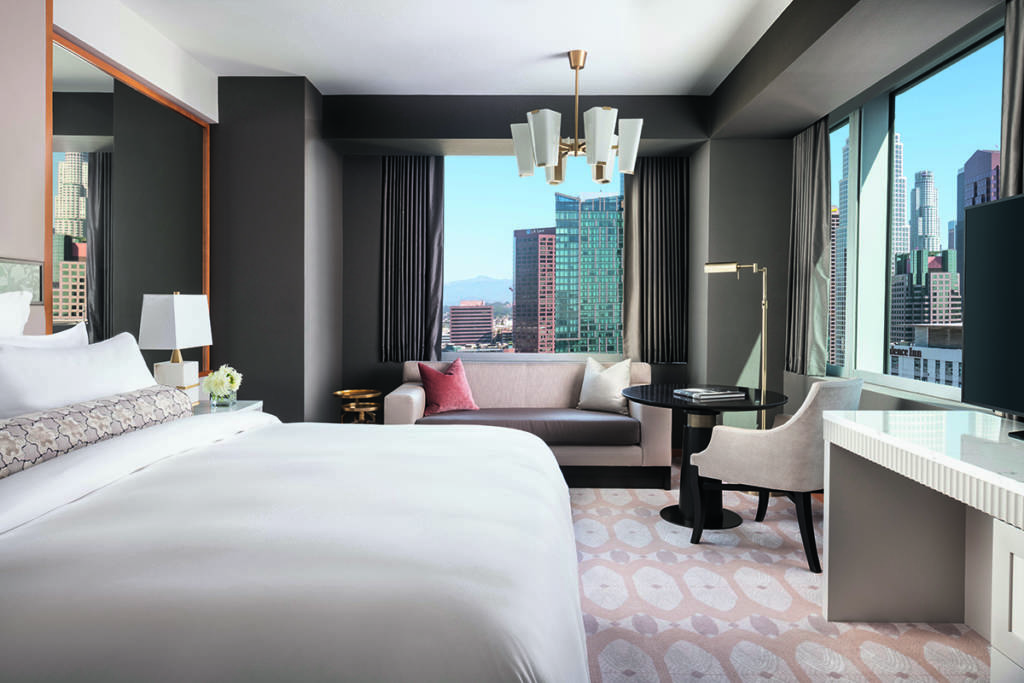
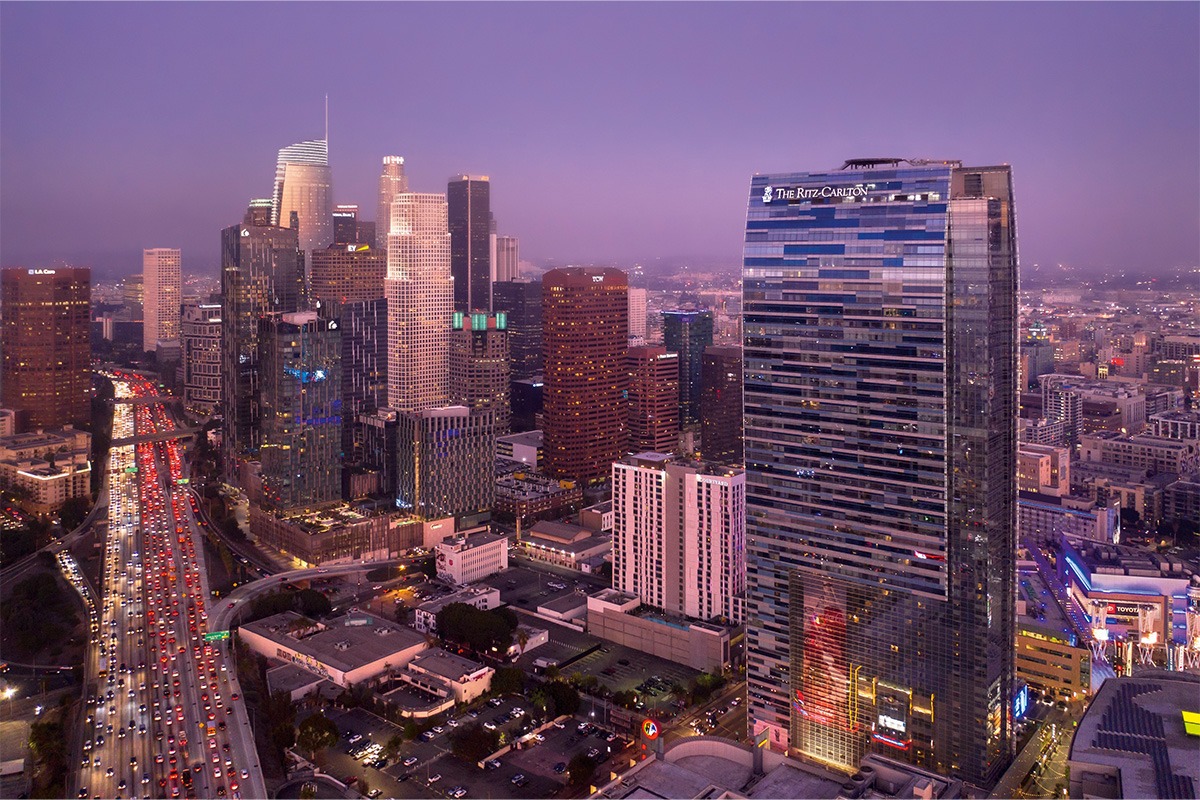
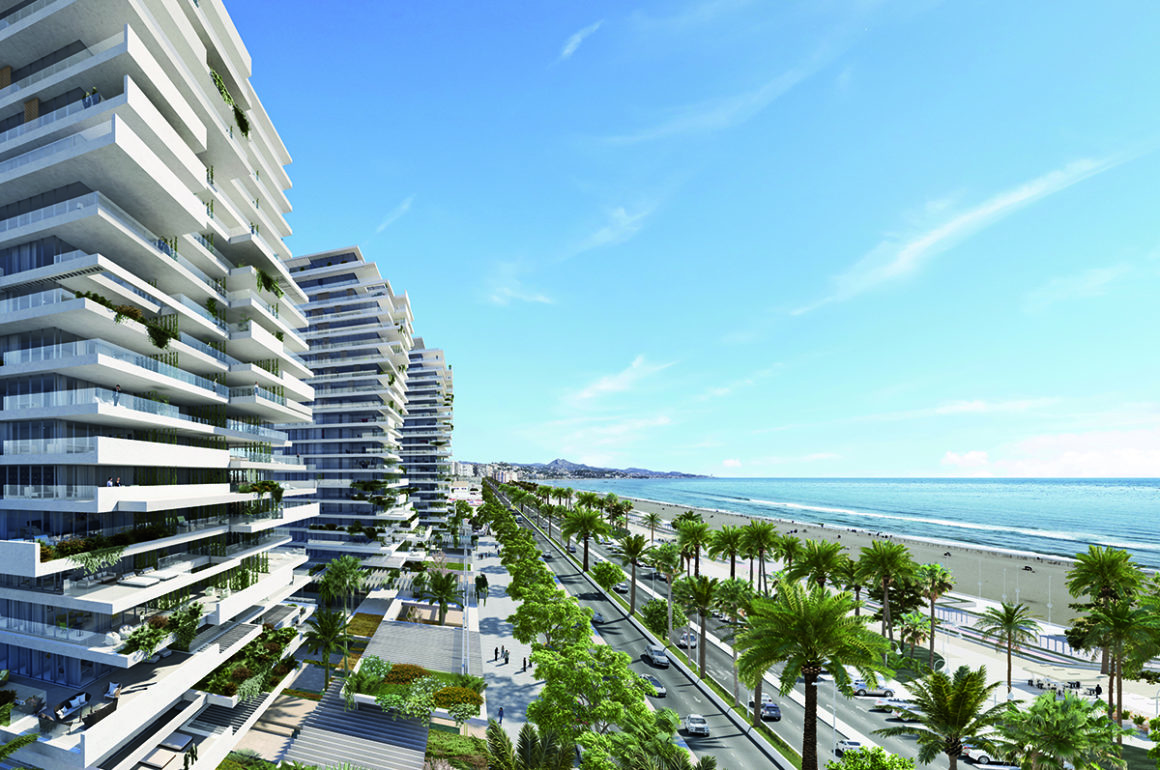
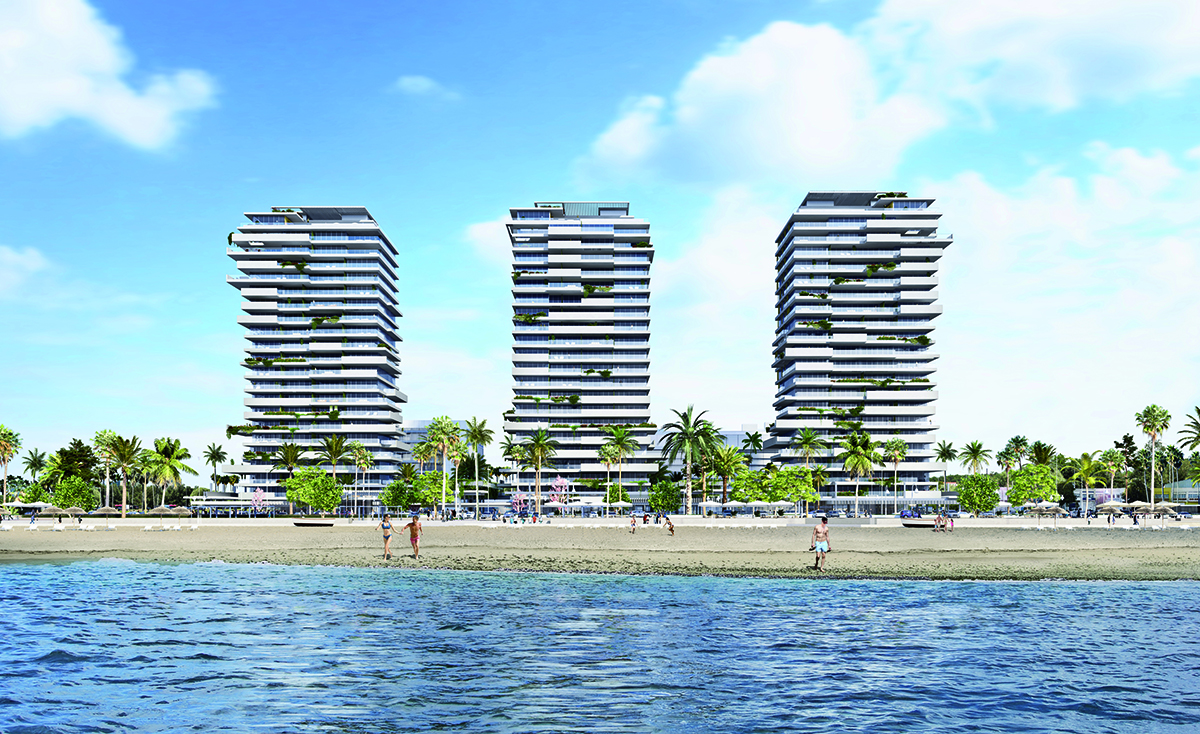
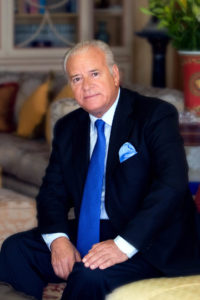
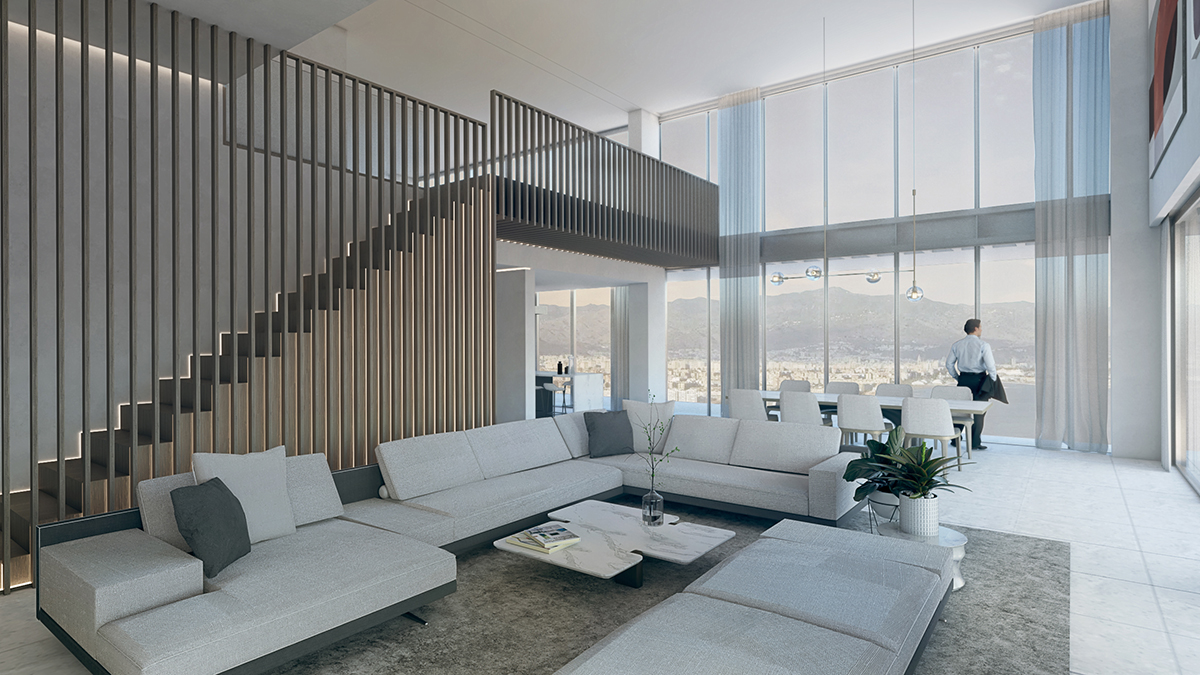
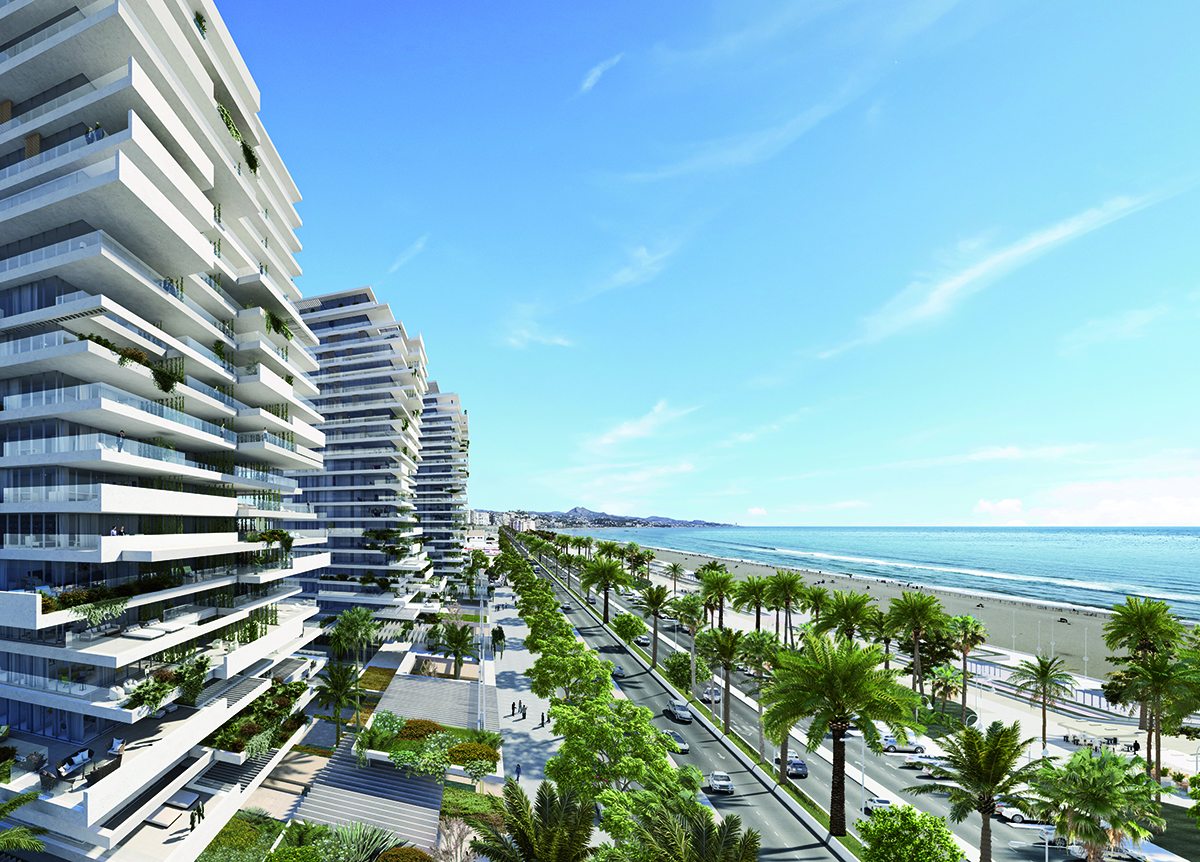





Recent Comments